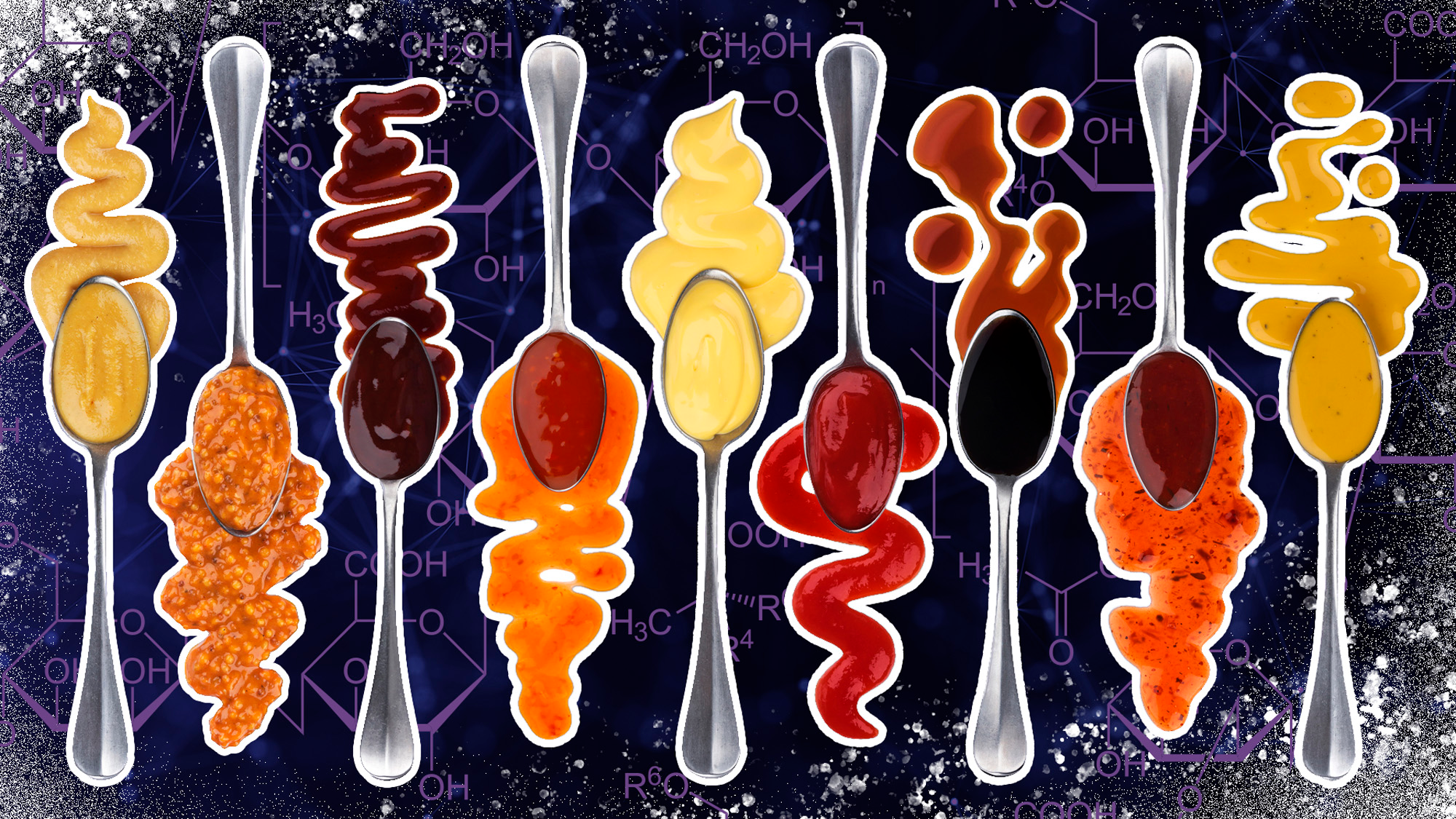What's Xanthan Gum And Why Is It In My Food?
Many people have spied the words "xanthan gum" on the list of ingredients on the back of a food box, and instinctively decided it was evil. It's an understandable response, as it begins with "X," the most dubious letter of the alphabet. Also not helping its case: the fact that it typically resides in nutritional label no-man's-land amongst the unpronounceable additives and numbered food dyes. Those are the sorts of ingredients we don't like to talk about in polite company, the ones we guess might be bad for us because they sound scary.
I don't care to proselytize about health or nutrition, nor will I judge you for what sorts of foods you choose to eat. I do, however, think we should be able to at least know what these sorts of things are, and not just in the highly technical "food nerd" sense. So, just as all of you are familiar with flour, sugar, and salt, let's get you familiar with xanthan gum in layman's terms.
Xanthan gum is, essentially, fermented sugar. Simple sugars like sucrose and glucose, which are made up of single sugar molecules, are mixed with a bacteria called Xanthomonas campestris, which is what gives xanthan gum its very intimidating name. As the mixture ferments, those single sugar molecules start joining together to make long chains called polysaccharides. (I'll leave it to one of you lurking know-it-alls to write a 2,000 word missive about polysaccharides in the comments, because I know you're just dying to do it.)

As more and more sugar molecules begin to link up with each other, the mixture stops looking like a liquid, and starts looking like a big vat of gummy goo. And this goo is good! It's viscous and gluey, and could be used to hold all sorts of things together. Once the fermentation process is completed, the goo is solidified with the addition of isopropyl alcohol before being dried out and ground into a powder. That powder is what you see packaged in tiny bags in your supermarket's baking section, and the reason it's so expensive is that a little bit goes a long way. Just a small amount of xanthan gum, when added to a liquid, will quickly disperse, re-hydrate, and become goo once again—a goo that can hold so many foodstuffs together, particularly where fat and water may be at odds, like in salad dressings or canned soups. It helps prevent the water content of ice cream from clumping up into large, gritty ice crystals, creating a finished product that is smooth, silky, and melts beautifully on the tongue. It's also the stand-in for gluten in gluten-free baked goods—if you've ever tasted a GF cake that felt a little bit slimy, it's because the baker doubted the awesome adhesive action that xanthan gum was bringing to their batter, and added it with a heavy hand. It really doesn't take much of this stuff to hold things together, so if you're using it at home, do it gently. And now you know.
